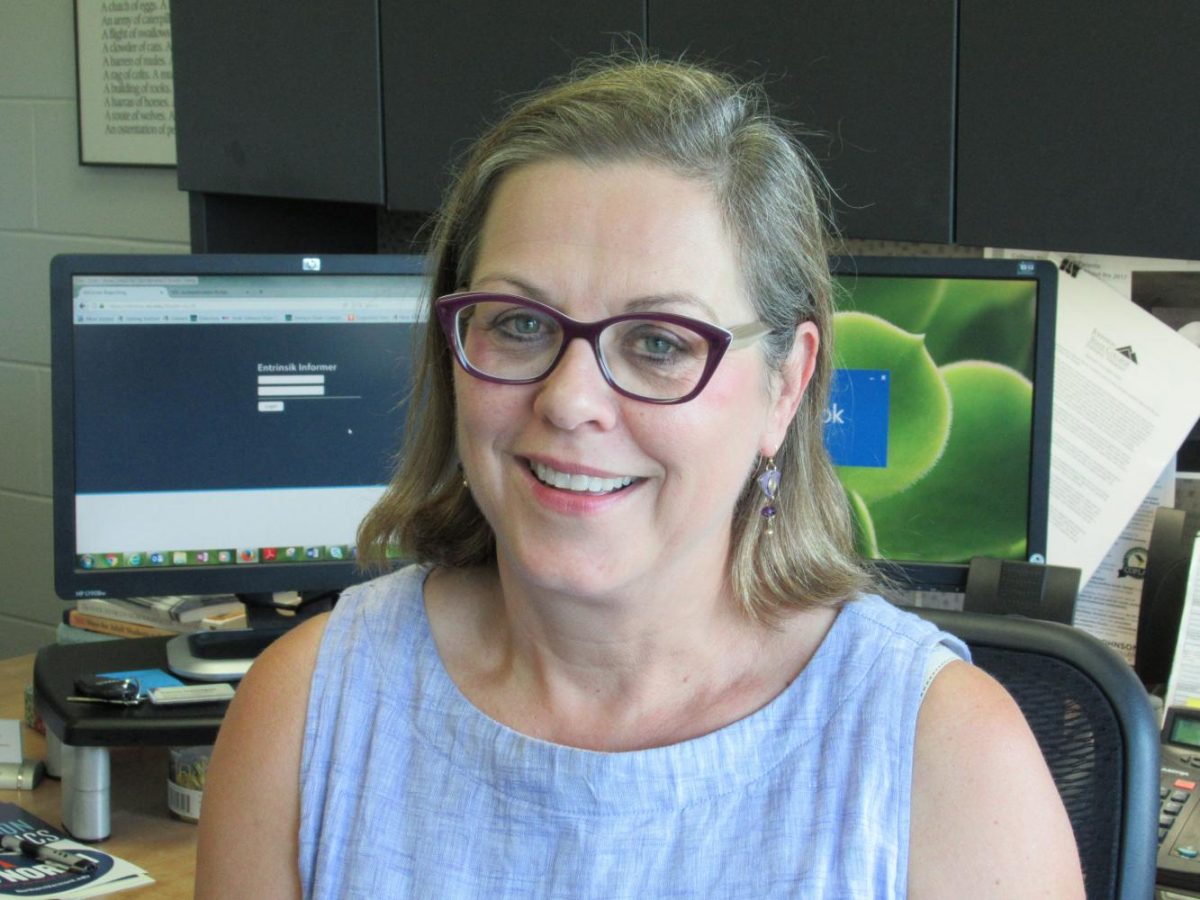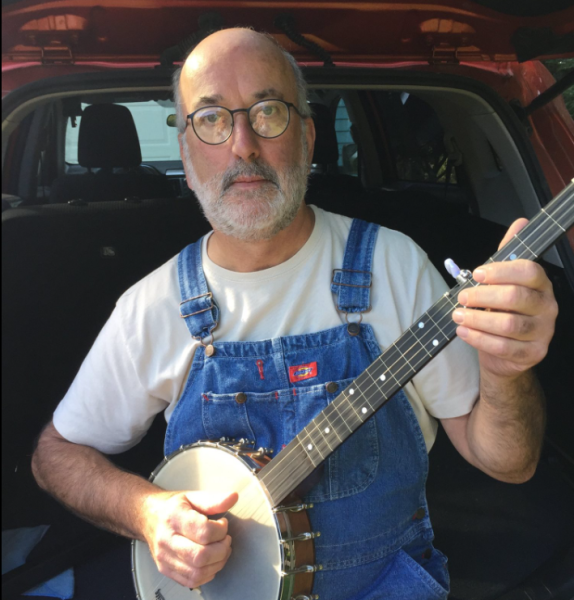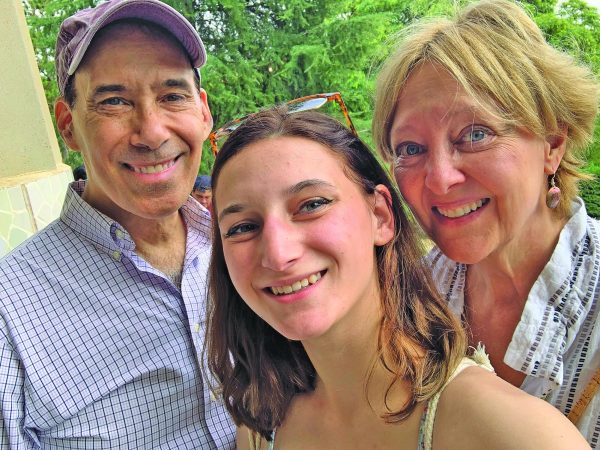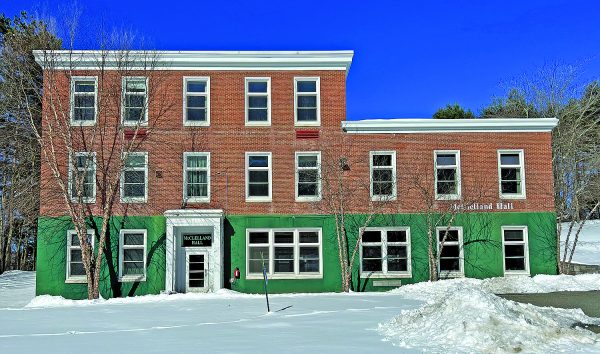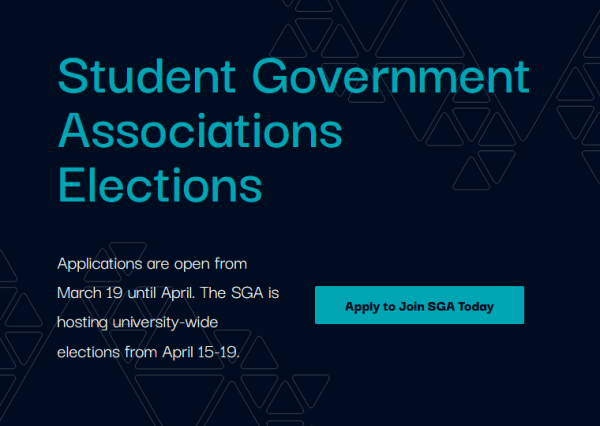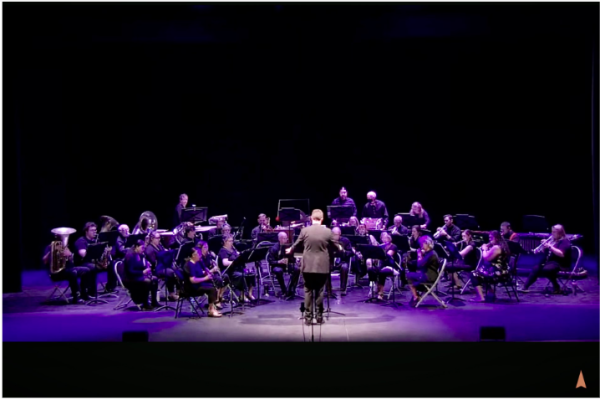Fall enrollment up 11 percent
JSC’s student enrollment numbers are climbing for the fall 2017 semester during a time when there are fewer students from which to choose in the Northeast. The uptick has been credited to the college’s leadership and focus on exploring different learning platforms since 2015.
For the fall 2017 semester, according to Associate Dean of Enrollment Services Penny Howrigan, enrollment numbers are up by 11 percent as of Sept. 15.
Those numbers include students from distance learning programs like JSC Online and the External Degree Program (EDP), in addition to high school students in JSC’s Dual Enrollment Programs, Jump Start and the Early College Program.
Retention rates, Howrigan says, are expected to remain consistent from the previous two years at just under 70 percent.
JSC has seen its enrollment numbers climb since 2016 after a 15 percent decrease from 2012 to 2015.
Since Elaine Collins became JSC’s president in 2015, enrollment has increased from 1,514 to 1,565. During that same period, JSC was also admitted into the Council of Public Liberal Arts Colleges (COPLAC), a 30-college consortium which unites liberal arts colleges across the United States and Canada to “drive awareness” of their value to students.
While they are subject to some fluctuation until Oct. 15, the census date, current enrollment numbers reflect an increase which Collins and Howrigan say is thanks to a combination of unique course offerings and an expanding distance learning option.
Before JSC and LSC move closer to becoming Northern Vermont University (NVU) next July, six strategic priorities identified by Collins and NVU Provost Nolan Atkins will be developed by the end of this semester; priority number one addresses NVU’s economic viability directly, which is the area where enrollment will be emphasized most.
“I think it’s all about what we have to say about the college. In other words, it’s about our programs,” said Collins. “It’s all about the entire package that we’re delivering to students. The stronger we can make that package, the more they’re attracted to us.”
Such emphasis on attracting students outside of the traditional classroom-based experience comes at a time when fewer New England and Midwestern high school seniors are graduating because of a decline in the birthrate in the 1990s, according to the Center for Disease Control and Prevention.
Additionally, the United States Census Bureau estimates that the Northeast and Midwest have seen the slowest growth in population from 2000 to 2010, at respective increases of 3.2 percent and 3.9 percent.
The bureau predicts an overall decrease in the population of those under 18 in the U.S. heading into 2030.
Collins understands that fewer 18-year-old high school graduates means more competition between colleges to boost enrollment numbers and more emphasis on nontraditional students in and outside of Vermont and the Northeast.
JSC Director of Admissions Patrick Rogers, along with Howrigan and Collins, acknowledges that a nuanced approach to this decline in traditional-age student demographics is needed both in how courses are offered and how students are recruited.
Transfer students also present a potential buoy for enrollment numbers in the future, according to Associate Director of Admissions and International Admissions Coordinator Elga Gruner, who often travels to transfer and college fairs to talk with prospective JSC students.
“We [have offered] more scholarships for transfer students in the last four years,” said Gruner. “So that really draws a lot of transfer students to Johnson, and the addition of the distance learning helps with that as well; they’re not considered transfers, but it helps with attracting the non-traditional students to come to Johnson.”
In addition, Rogers says that his department has entered into a new texting system with prospective students via the higher education-focused texting system Mongoose to personalize their experience beyond a campus tour.
“I have students I’ve worked with that still text me within that first week or two if they need help with something because I was that first contact for them,” said Rogers. “It’s something easier for them to do to just send a quick text saying, ‘Who do I need to talk to about this?’ And then still helping them. We don’t see that the enrollment process ever stops when someone starts on campus. We’re here always to help them out.”
Howrigan and Collins also highlight JSC’s growing JSC Online program as an example of trying to offset the declining college-age demographics for the Northeast and boost enrollment.
JSC’s Associate Dean of Distance Education Bobbi Jo Carter says the Wellness and Alternative Medicine (WAM) program has seen the largest growth with JSC Online because of its relative uniqueness to other schools in North America.
“Students can get a psychology degree online from tons and tons of institutions across the country,” said Carter, who maintains that the distance learning program’s self-designed interdisciplinary and professional studies tracks are the most enrolled programs with the highest graduation rate thus far.
“The same thing with business. There are tons of schools that offer that,” she said. “There’s not many that offer Wellness and Alternative Medicine. So if they’re looking for a bachelor’s degree in that area, they very quickly end up finding us because there are so few that offer it.”
Carter, who oversees the EDP and JSC Online program, says distance education programs like JSC Online have increased the number of credits students are enrolling in by 24 percent.
Of the 460 currently enrolled distance education students, 402 are Vermonters, while 58 are spread out over the Northeast, Midwest, Southeast, Southwest and Pacific states, which Carter says can be partly attributable to “word of mouth,” in addition to the marketing of the programs.
Carter said she anticipates that enrollment numbers for distance learning programs will hold and even increase slightly by the end of the semester, as several online accelerated courses begin in October.
When looked at all together, current enrollment numbers across JSC’s different programs show a net gain from previous years, an emerging trend Collins says she hopes to foster heading into NVU’s first semester.
“I’m very heartened by our continued growth; from ‘15 to ‘16 we saw an uptick [in enrollment] and now we’ve seen an uptick again from ‘16 to ‘17,” said Collins. “I need one more year to solidify in my mind the fact that we are definitely heading in the right direction and doing everything right.”


